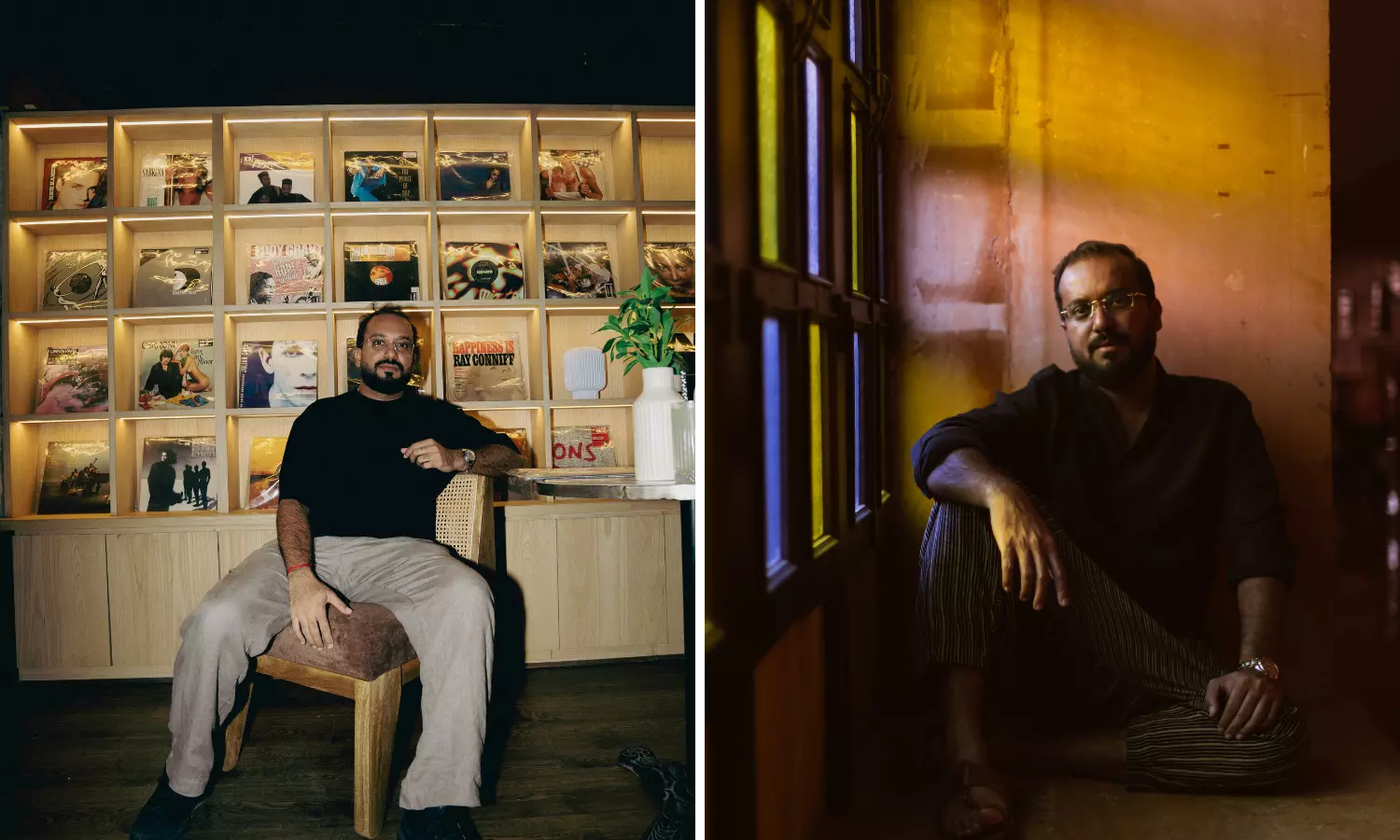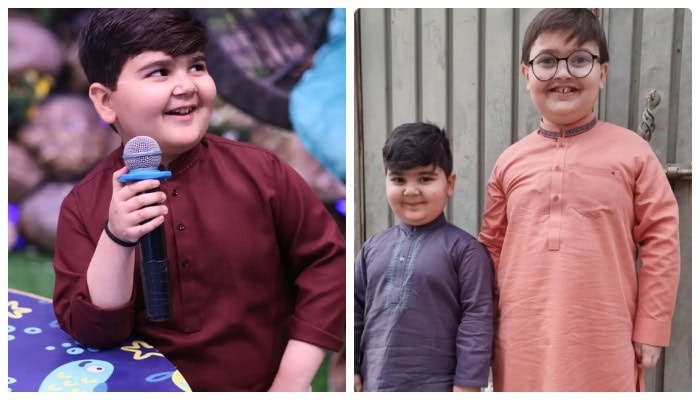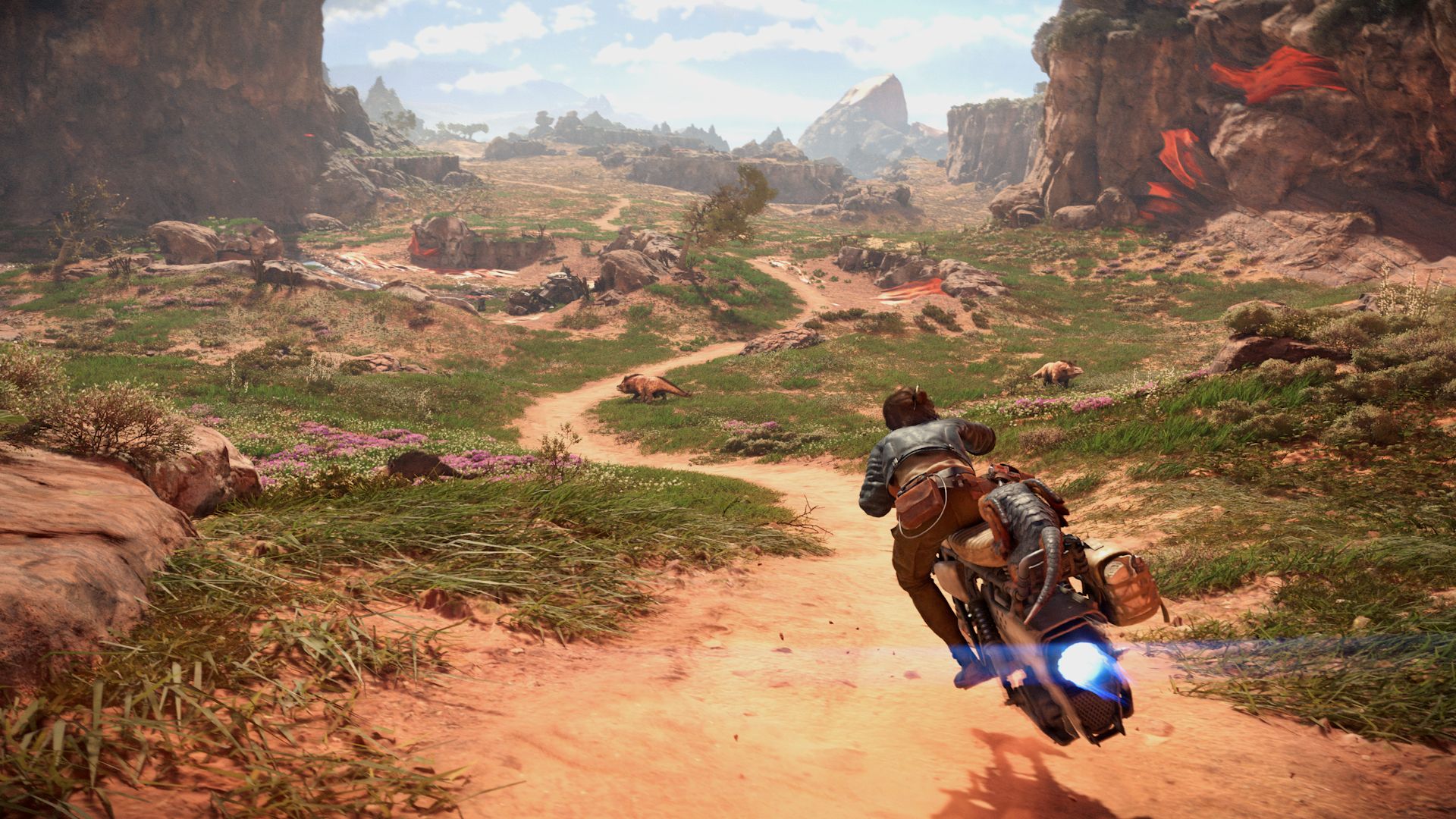By Pallavi Raja Shekhar
Copyright deccanchronicle

Fresh off the release of his new single Mihai — a powerful collaboration with Carnatic percussionist Dr. R. Shrikant — Hamza Rahimtula continues to push the boundaries of East-West musical fusion. From the success of his acclaimed album Origins to his all-vinyl India tour, he’s forging a truly original path in the global electronic music scene. Q1. “Mihai” blends konnakol with house music and you’ve called it “a warm embrace.” How did that emotional idea guide the track’s structure and sound? Hamza: I was already working on the track when I came across a tiny Mridangam loop from a royalty-free sample library. It was short, but it really brought the track to life — and I realized, if a small sample can do that, imagine what a real performance would sound like. That’s when I brought in Dr. Shrikant, who played Mridangam and did konnakol improvisation. What he delivered was amazing — his tone and rhythmic complexity were intense but sweet at the same time. It truly hugged the track. That’s why I called it a “warm embrace” — it’s warm, energetic, and unexpectedly emotional. It added a soulful dimension I hadn’t imagined at the start. Q2. After spending a decade building Origins, how did that experience influence your approach to fusing Mridangam or Carnatic percussion with house music in Mihai? Hamza: Origins opened me up to Indian folk instruments in a big way. Over ten tracks, we showcased a variety of Rajasthani folk sounds, and it made me realize how much untapped musical richness exists across India. After Origins, I spoke to Sabo — the label head who released the album — and he encouraged me to explore other regional sounds. That conversation was pivotal. It shifted my radar to new regions — the Northeast, Punjabi Sufi music, the Siddhi tribes of Karnataka, and of course, Carnatic music. Since my studio is in Hyderabad, Karnataka is close by, and it made sense to start exploring its sound. That’s how Mihai came together — as the first step on this new journey. Q3. Konnakol is traditionally classical — how did you and Dr. Shrikant decide to reframe it for the dancefloor, and what clicked creatively? Hamza: It all happened very naturally. Once I found that Mridangam loop that worked in a house music setting, I knew the tone of the instrument had a cosmic quality — something cerebral that really fits with deep house aesthetics. That cosmic tone is different from instruments like the tabla; it’s raw and primal, almost tribal. So we invited Dr. Shrikant — he’s a PhD in Mridangam and master of konnakol — and he just delivered an incredible performance. There wasn’t any formal “reframing” strategy. We just followed our instincts, kept it fun, and shaped it during post-production so it didn’t overpower the house groove. It was spontaneous but ended up feeling very intentional. Q4. With your “All Vinyl. All Night.” tour, how does spinning vinyl change how you present tracks like Mihai live? Are audiences responding differently? Hamza: Absolutely — vinyl has a warmth and richness that digital just can’t match. On vinyl, the frequencies are more open, more textured. You can feel a solo, a voice, a traditional instrument like the Mridangam much more deeply. With tracks like Mihai, that warmth really comes through. We started a vinyl-only festival called AQI in Delhi three years ago, and now we’re seeing a real movement. Younger DJs are embracing vinyl, and even high-fidelity vinyl bars are opening up across India. In fact, we’re launching one in Hyderabad next year. Also, Wind Horse Records will begin pressing vinyl from next year — so tracks like Mihai will soon be available on wax, which is really exciting. Q5. From Rajasthan to Carnatic rhythms — where do you want to take this East-West fusion next? Any new sounds or regions you’re exploring? Hamza: I’ve got my eyes on several areas. The Northeast has some beautiful music traditions I want to explore. Then there’s Punjabi Sufi music — especially live vocals — and the Siddhi tribes in Karnataka, who have an incredible blend of African and Indian sounds. But for now, Karnataka music is my focus. I’m just starting to dig into the world of Carnatic instruments — Mridangam, Kanjira, Morchang, and more. Mihai is just a teaser. There’s a lot more coming. Working with Dr. Shrikant has opened the door to a whole new universe of sound, and we’re just getting started. Final Words from Hamza: We’re grateful for the positive feedback on Mihai so far. It’s uncharted territory — very few producers are experimenting with Carnatic-house fusion. There’s a bit of anxiety when there are no reference points, but that’s also the excitement. We’re creating something fresh, and that’s the goal — to bring Indian musical heritage into global electronic music in a new way.



